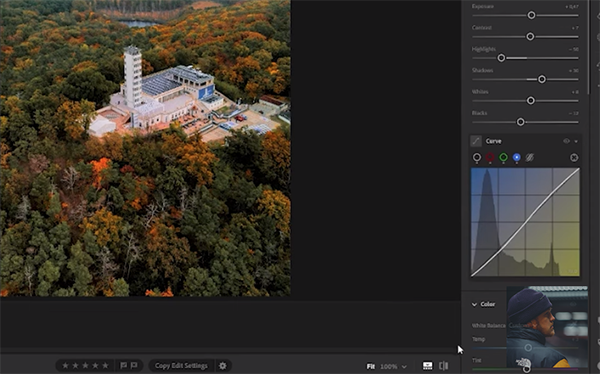Photo Restoration is Better Than Ever: Here’s How it’s Done (VIDEO)
Are you feeling guilty because you’ve ignored a bunch of old, damaged photos in desperate need of repair? Your tendency to procrastinate will be rewarded today, because getting the job done in Photoshop is now easier and more effective than ever before.
Instructor Matt Kloskowski is an experienced photographer and post-processing expert who says his personal mission is to create educational videos that simplify the process of taking great photos and editing them to get the results you’ve always wanted. This episode is all about the latter as he walks you the simple Photoshop steps that deliver remarkable results.
Matt is full of enthusiasm as he introduces the 12-minute video like this: “I’m amazed what we can do today with photo restoration in Photoshop that even a couple years ago would have taken so much longer.” He was prompted to create this lesson after a recent storm in Florida left many important images a mess—with severe water damage and other unsightly problems.

The bottom line is this: “If you have enough information left in a photo to start, you’ll be amazed at what some of the new tools can do for many of your photos.” Matt pulls up several images, each with different concerns, and then he describes the best Photoshop tools that will deliver optimum results for the specific repairs required for each.
The first example is an image that is actually torn in half. He gets to work after the two pieces are scanned into the computer. One of the segments has a white background that needs to be copied over to the other. So Matt does a Select Subject that he copies and pastes into the other half as a new layer. Then he reduces opacity, hits Command or Control “T” to access Free Transform, and uses the upper corner of one element to perfectly align it with the other.
Before finishing the repair he explains why in some cases “perfection can be your enemy,” and why it’s not always necessary to sweat the small stuff. He then demonstrates how to harmonize a slight color imbalance that’s evident in the merged image, and there are can couple options available. He employs a few other quick tricks to complete the rehabilitation, and Matt reveals keyboard shortcuts for streamlining the process.

At this point you’re barely a third of the way into the video, which includes examples of photos with other types of damage, and the solutions required to restore them to a semblance of their original glory. So stick with the video until the end, get motivated by these powerful techniques, and start working on all the scratched, torn, and faded photos that you’ve ignored for so long.
Then take a look at Matt’s instructional YouTube channel that’s full of video lessons for expanding your shooting and editing skills.
We also recommend watching the tutorial we featured recently with another post-processing expert who demonstrates his secret for exposure blending bracketed photographs for perfect results. And he provides a free plugin that eliminates all the complicated steps.























